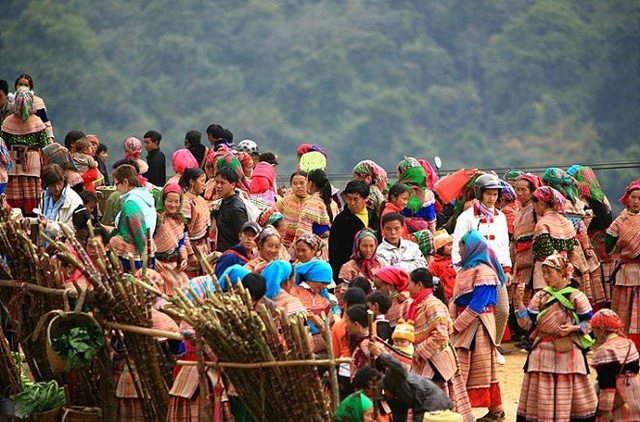The number of ethnic Vietnamese living below the poverty line during the period was dramatically reduced from 8.4 million to 6.6 million
An official report from the World Bank (WB) stated that 1.8 million ethnic minority members in Vietnam have risen from poverty over the past six years, between 2010 and 2016.
The report, however, underlined that this success is only a small step in a much larger process.
The announcement was issued at the dissemination workshop for the report “Climbing the Ladder, Poverty Reduction and Shared Prosperity in Vietnam” in Hanoi on Thursday.
World Bank representatives used the workshop to illustrate the steady decline of poverty rates in urban and rural areas of Vietnam, particularly over the past few years.
Between 2014 and 2016 the poverty elimination rate hit 1.85 percent, exceeding the expectations set forth by Vietnam’s National Target Program.
The overall poverty rate in Vietnam dropped more than 3.5 percent, to a standpoint of nearly 10 percent, in the same period.
Those numbers can be broken down to a five percent decrease in rural areas and a 2.2 percent fall in urban locales.
Vietnamese ethnic minorities are currently ranked as Vietnam’s poorest demographics, accounting for 6.6 million – or 72 percent – of the country’s 9.1 million living in destitution, according to the WB.
Northern mountainous and Central Highlands regions are the primary areas of concern for groups looking to ease those numbers.
Together, these areas are home to approximately 56 percent of the nation’s poorest citizens.
Though the numbers have gradually improved in recent years, the WB was transparent regarding the ongoing challenges and difficulties facing Vietnam’s lowest classes, particularly with health and education.
Only 45 percent of ethnic minority households have access to proper toilets compared to 89 percent of Vietnamese and Chinese-Vietnamese with modern plumbing.
Meanwhile, merely 32 percent ethnic minority members between the ages of 20 and 24 pursue post-general education.
Dr. Obert Pimhidzai, an advanced economy specialist for the WB, also commended on the steady reduction of poverty rates in Vietnam.
However, he warned that the aim was not to simply escape the poverty trap, but to develop a better economy and social welfare net.
To solve the dilemma, the WB advised that farmers in impoverished areas focus on growing high-value cash crops to spur quicker economic growth.
According to the UN, any individual whose earnings are less than US$2 a day is considered poor.
Vietnam has a total of 54 ethnic groups, 53 of which are considered minorities.
Its National Target Programs set out the agenda of which social economy phenomena it hopes to tackle and resolve over the course of various nationwide stages.

























































